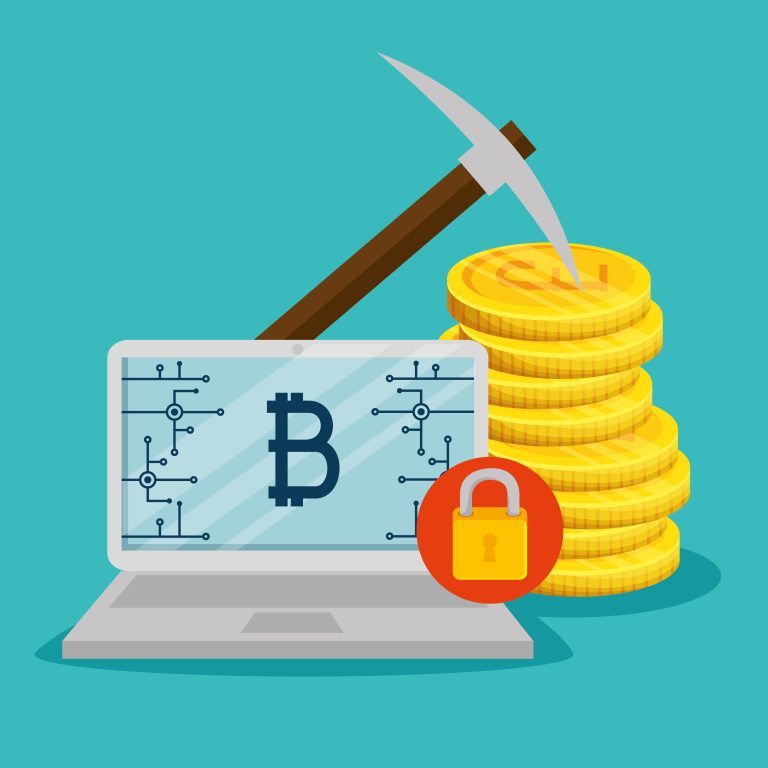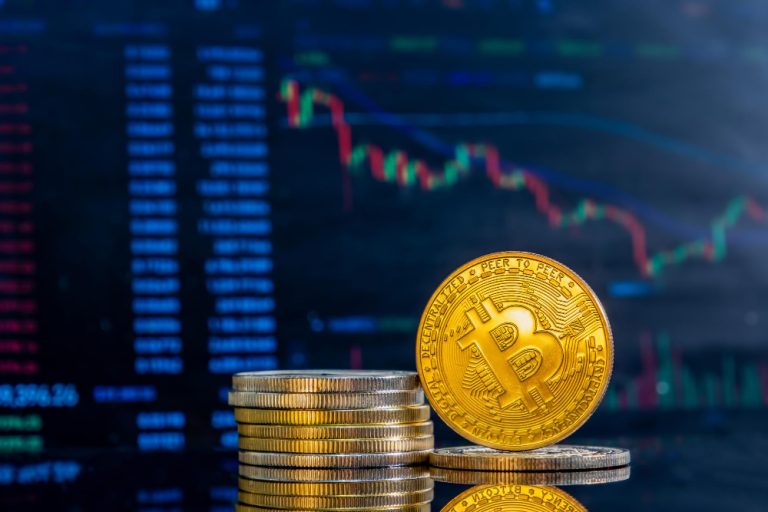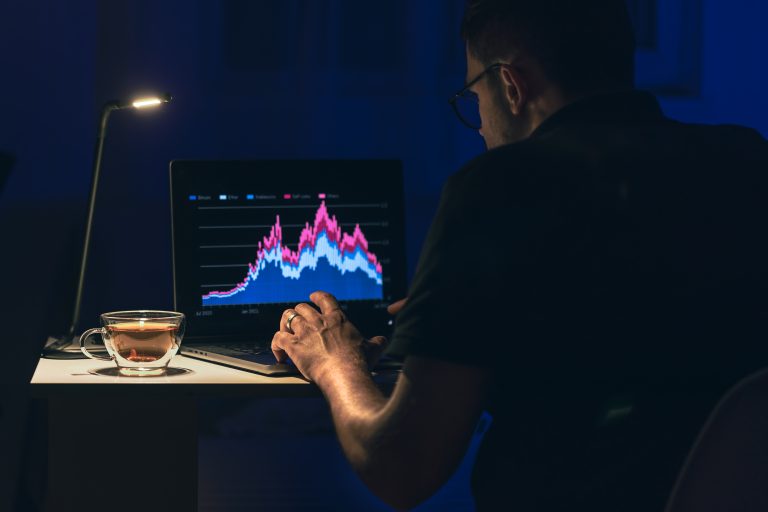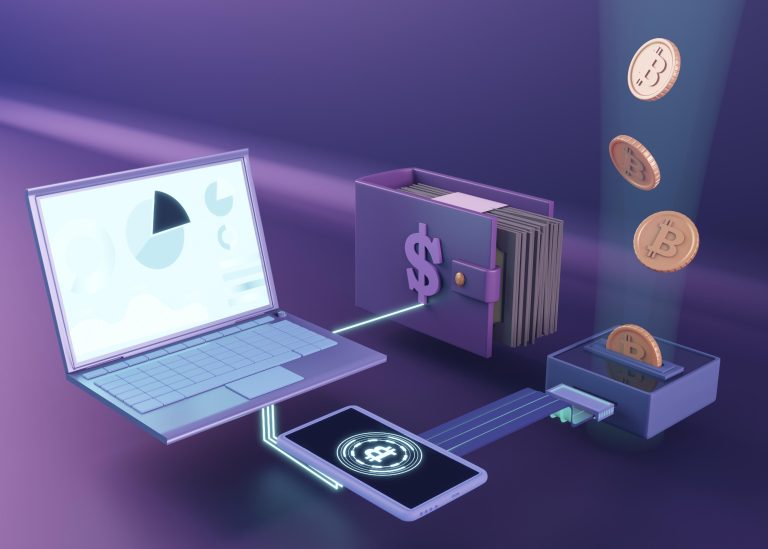How To Protect Crypto Wallets After Recent Exchange Hacks

How to Protect Crypto Wallets After Recent Exchange Hacks has become a critical concern for crypto users. With growing threats emerging from exchange vulnerabilities, this guide helps you take control of your wallet security and avoid devastating losses.
Understanding How to Protect Crypto Wallets After Recent Exchange Hacks
The rise of digital asset adoption has seen an increase in security challenges, especially in centralized exchanges. Learning how to protect crypto wallets after recent exchange hacks means adopting safer storage practices, using decentralized tools, and becoming more security aware as an investor.
Why This Topic Matters
As hackers become more sophisticated, the frequency and scale of exchange breaches continue to rise. For crypto holders, knowing how to protect crypto wallets after recent exchange hacks is no longer optional—it’s vital. While exchanges aim to strengthen their defense, individuals still bear the final responsibility for safeguarding their assets.
Core Threats from Exchange Hacks
-
Loss of Funds
Once crypto is stolen, recovering it is nearly impossible. Without proper backup or security controls, users often face total loss.
-
Private Data Exposure
Hacks don’t only steal assets—they also expose customer data including emails, KYC documents, and IP addresses.
-
False Sense of Security
Many users rely solely on exchange-held wallets. This centralization can be dangerous if the exchange becomes compromised.
Best Ways to Protect Crypto Wallets After Recent Exchange Hacks
- Use Cold Wallets: Hardware or paper wallets store private keys offline, making them immune to online breaches.
- Enable Two-Factor Authentication (2FA): Always activate 2FA on wallets and exchanges. It adds a critical layer of login protection.
- Keep Private Keys Offline: Never share or store your private keys on cloud services or unencrypted devices.
- Avoid Keeping Funds on Exchanges: Withdraw long-term holdings to personal, non-custodial wallets instead of leaving them on trading platforms.
- Regularly Update Security Practices: Cyber threats evolve—regularly changing passwords and reviewing wallet tools keeps you one step ahead.
Tools That Help Protect Crypto Wallets After Recent Exchange Hacks
- Hardware Wallets: Devices like Ledger and Trezor keep your assets secure offline.
- Multisig Wallets: Require approval from multiple parties before a transaction proceeds, reducing single-point failure.
- VPN Services: Encrypt internet traffic to mask IP addresses and prevent snooping or phishing attempts.
- Security-Focused Wallet Apps: Wallets such as MetaMask or Trust Wallet offer enhanced protection measures with open-source development backing transparency.
Common Mistakes to Avoid
- Using weak or reused passwords across platforms.
- Neglecting software or firmware updates for your wallet devices.
- Clicking on suspicious links or falling for phishing scams imitating reputable wallets or exchanges.
- Backing up seed phrases on easily accessible cloud storage or emails.
How Beginners Should Approach Crypto Wallet Protection
If you’re unsure how to protect crypto wallets after recent exchange hacks, start with basic steps. Move small funds first while testing your setup. Ask for community feedback on recommended wallets. Avoid rushing into decisions about storage—security must be deliberate, not reactive.
Expert Crypto Security Tips
- Perform regular wallet audits—review which devices and locations can access your crypto data.
- Consider using passphrases in addition to seed phrases for layered protection.
- Test recovery procedures. Make sure you can restore wallets from backups before you actually need to.
- Stay engaged in forums like r/cryptocurrency or follow security experts on Twitter to get real-time alerts.
Final Thoughts
Learning how to protect crypto wallets after recent exchange hacks is a responsibility shared by all crypto users. It takes more than just transferring coins to a wallet—it means building secure habits and staying vigilant. Begin implementing these practices today to stay ahead of future threats. Your crypto is only as safe as the weakest link in your security chain.











